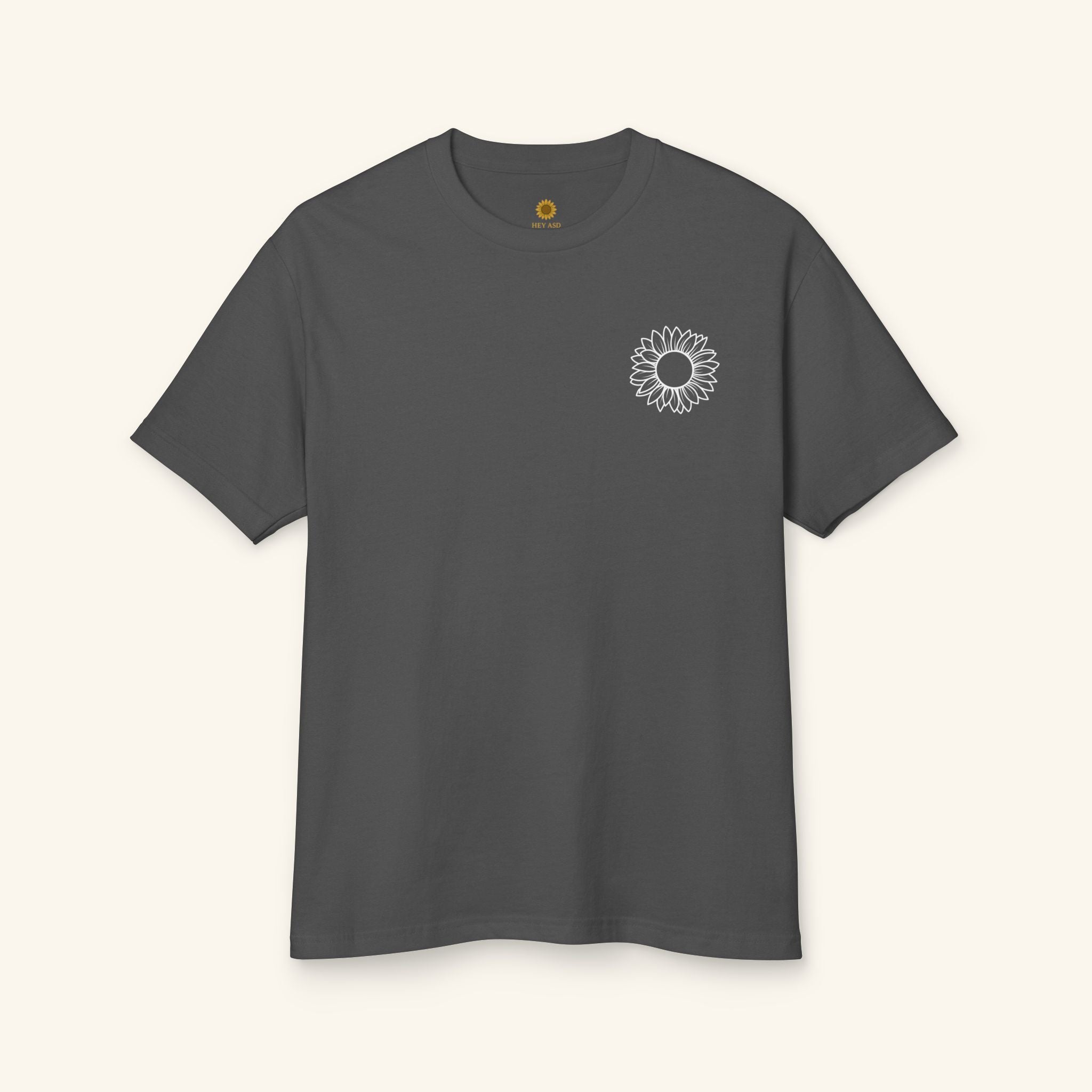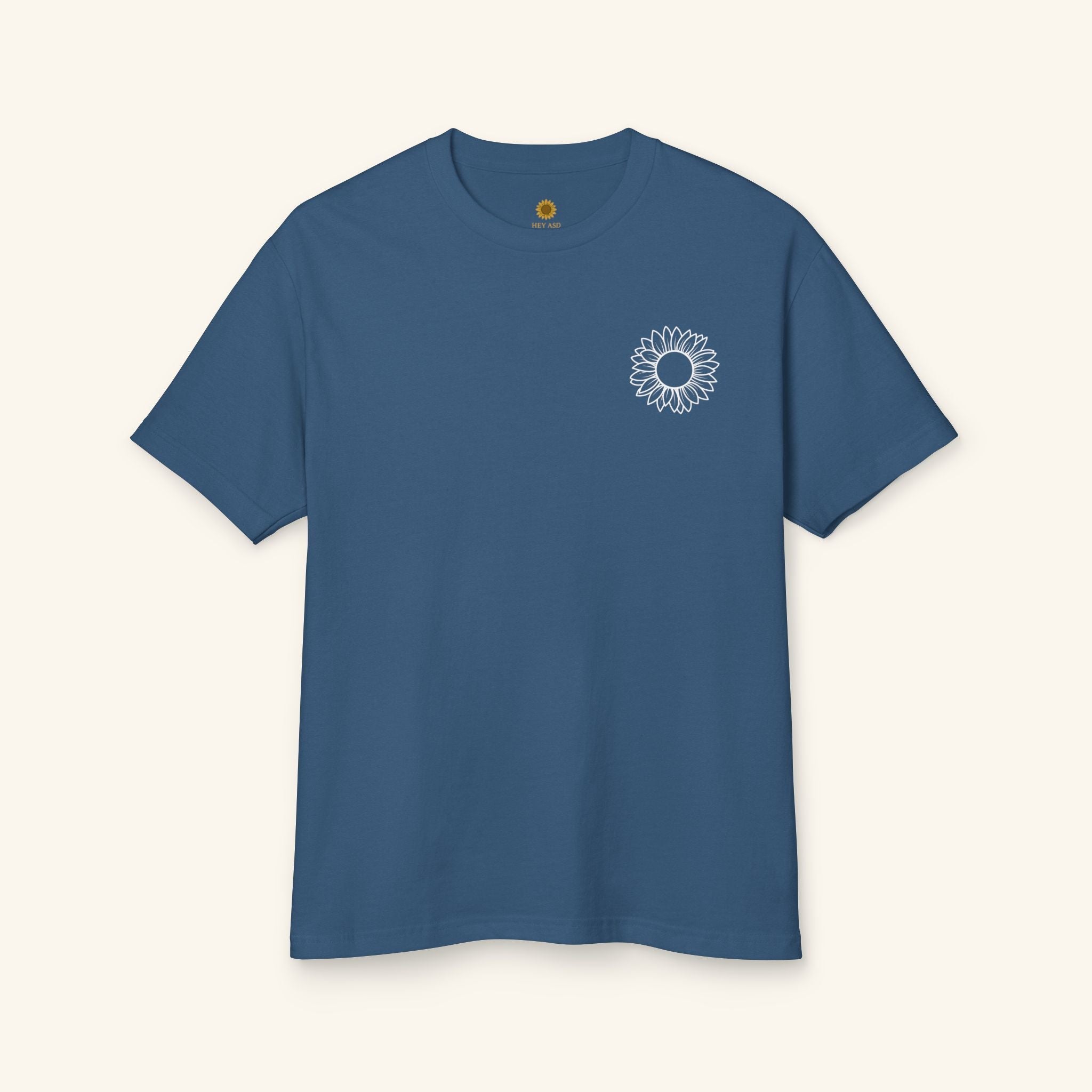Autism vs Down Syndrome: Key Differences, Similarities & Support

Written by the HeyASD Editorial Team
Autism spectrum disorder (ASD) and Down syndrome are two of the most recognized developmental conditions. While they are sometimes confused, they are distinct conditions with different causes, traits, and support needs. Autism is a spectrum, which means experiences vary widely — some autistic people need significant daily support, while others live independently. Down syndrome, by contrast, is a genetic condition with more consistent developmental patterns, though individuals’ abilities still vary.
As autistic adults, we know how frustrating it can be when autism is misunderstood or oversimplified. By understanding the key differences between autism and Down syndrome, we can reduce stigma, answer common questions, and provide the appropriate support individuals and families need.
Why Compare Autism and Down Syndrome?
Many people search “autism vs Down syndrome” because the two conditions are often mixed up or casually compared. Both are labeled as developmental disorders in medical texts, and both may involve intellectual disability or speech and language development differences. But it’s worth asking: why compare them at all?
Autism is a neurodevelopmental disorder (historically grouped under pervasive developmental disorders), while Down syndrome is a genetic disorder caused by an extra chromosome. They are different conditions — not “better” or “worse.” Neither should be reduced to stereotypes or used for gawking. The value of comparison is not in ranking, but in clarifying differences and overlaps so that families, educators, and communities can access early intervention, educational support, and inclusive opportunities.
By shifting the conversation from curiosity or confusion to compassion and clarity, we can respect autistic people and people with Down syndrome as individuals — not just diagnostic labels.
Introduction to Developmental Conditions
Developmental conditions are lifelong differences in growth, learning, or communication that usually begin in early childhood. Autism spectrum disorder is a spectrum disorder defined by differences in social interaction, communication, and repetitive behaviors. Down syndrome is a chromosomal genetic condition caused by an extra copy of chromosome 21, leading to intellectual disability, developmental milestones delays, and distinct physical features.
Understanding Down Syndrome
What is Down Syndrome?
Down syndrome, or Trisomy 21, occurs when a person has an extra copy of chromosome 21. This changes brain and body development, leading to developmental disabilities, intellectual disability, and distinct physical characteristics. It is not caused by parenting choices. Risk increases with maternal age but can occur in any pregnancy.
Common Characteristics
- Distinct physical appearance: flat facial profile, upward-slanting eyes, small stature
- Low muscle tone (sometimes described as hypotonia)
- Delayed speech and language development
- Mild–moderate intellectual disability
- Greater risk of medical conditions (e.g., heart defects, hearing loss)
Diagnosis and Support
Down syndrome is diagnosed via genetic testing (before or after birth). A medical evaluation may include a physical examination and developmental assessments. While there is no cure, supports such as speech therapy, physical therapy, and occupational therapy help individuals communicate effectively, improve fine motor skills, and build independence.
Understanding Autism
What is Autism?
Autism spectrum disorder (ASD) is a neurodevelopmental disorder that affects social skills, communication skills, and behavior. It is a spectrum disorder, meaning autistic people can have very different abilities—from highly independent to needing daily support. Earlier diagnostic manuals referred to autism as autistic disorder, under the group of pervasive developmental disorders.
Common Autism Symptoms
- Differences in social interaction (e.g., difficulty reading facial expressions or body language)
- Repetitive behaviors and repetitive movements (e.g., hand-flapping, rocking)
- Restricted interests or intense focus on specific topics
- Sensory sensitivities (light, sound, textures)
- Differences in language development and spoken language
- Delayed developmental milestones or differences in fine motor skills
Diagnosis and Support
Autism is diagnosed based on diagnostic criteria outlined in the DSM-5 (Diagnostic and Statistical Manual of Mental Disorders). A formal evaluation may include developmental history, child’s behavior observation, and ruling out other conditions such as attention deficit hyperactivity disorder (ADHD). Early diagnosis allows access to applied behavior analysis (ABA), speech therapy, language therapy, occupational therapy, and social skills training. Many autistic adults emphasize that support should prioritize acceptance and communication over trying to “cure” autism.
Key Differences Between Autism and Down Syndrome
| Feature | Autism Spectrum Disorder (ASD) | Down Syndrome |
|---|---|---|
| Type | Neurodevelopmental disorder (spectrum condition) | Genetic disorder (extra chromosome 21) |
| Cause | Combination of genetic and environmental factors | Extra copy of chromosome 21 |
| Intellectual Ability | Ranges from above average to intellectual disability | Typically mild–moderate intellectual disability |
| Social Interaction | Differences in social skills, eye contact, conversations | Often sociable, but communication challenges may affect relationships |
| Physical Features | No distinct physical abnormalities | Distinct physical appearance and low muscle tone |
| Prevalence | ~1 in 54 children (U.S.) | ~1 in 700 births (U.S.) |
| Diagnosis | Behavioral diagnostic criteria, medical evaluation | Genetic testing and physical examination |
| Supports | Speech therapy, occupational therapy, sensory supports | Educational support, speech and language development, physical therapy |
Living with Autism or Down Syndrome
Both autistic people and people with Down syndrome can — and do — live full, meaningful lives. Just like neurotypical people, they learn, work, love, and create. The difference is that society often assumes this for neurotypicals but questions it for us. In reality, fulfillment isn’t limited by diagnosis — it’s about the right support and opportunities.
Education and Employment
Educational professionals can create individualized learning plans that highlight strengths and address support needs. Workplace accommodations and inclusive practices allow autistic people and people with Down syndrome to succeed. Occupational therapy can also support independence, from fine motor skills to social skills training.
Family Life and Relationships
Strong families and inclusive communities help individuals thrive socially and emotionally. Both autistic people and people with Down syndrome form deep, loving, lasting relationships — just like anyone else. Acceptance and understanding make the difference.
Join Hundreds of Autistic Adults Feeling
More Comfort in Their Own Skin
Use code WELCOME10 for 10% off your first order.
Start Your Comfort JourneyConclusion
Autism and Down syndrome are distinct conditions. Autism is a neurodevelopmental disorder on the autism spectrum, while Down syndrome is a genetic disorder caused by an extra chromosome. They share some common characteristics, such as communication challenges and developmental delays, and in some cases may occur together (dual diagnosis). Understanding both helps reduce stigma and ensures everyone receives the right support to thrive.
FAQs
What is the difference between autism and Down syndrome?
Autism is a neurodevelopmental disorder that affects social interaction, communication, and behavior, often with repetitive movements or restricted interests. Down syndrome is a genetic disorder caused by an extra chromosome 21, leading to intellectual disability, developmental delays, and distinct physical features. They are different conditions, though a person can have both.
Are autism and Down syndrome the same condition?
No. Autism and Down syndrome are distinct conditions. Autism is part of the autism spectrum, while Down syndrome is a chromosomal condition. They require different diagnostic approaches and supports.
Can someone have both autism and Down syndrome?
Yes. This is called a dual diagnosis. Studies suggest 12%–41% of people with Down syndrome also meet the diagnostic criteria for autism.
What similarities exist between autism and Down syndrome?
Both can involve communication difficulties, speech and language development delays, and behavioral challenges. Both may benefit from early intervention and educational support.
Is Down syndrome part of the autism spectrum?
No. Down syndrome is not part of the autism spectrum. It is a genetic disorder, while autism is a neurodevelopmental disorder. However, a person can have both diagnoses.
On This Page
Frequently asked questions
How can I better understand the key differences between Down syndrome and autism?
What are some common signs that help distinguish autism from Down syndrome?
How can families support a loved one living with developmental disorders like autism or Down syndrome?
What autism sensory-friendly tips can help create a comfortable environment at home or school?
Are there specific types of clothing or calming blankets that can support sensory needs for autistic individuals or Down syndrome?
Where can I find reliable disability support resources for families affected by these conditions?
How do social interaction challenges differ between autism and Down syndrome?
What are some effective ways to communicate with someone who has autism or Down syndrome?
Can Autism-themed decor or sensory tools help create a more welcoming space for someone living with developmental disorders?

About the HeyASD Editorial Team
Autistic‑owned • Values‑led • Sensory‑friendly design
We are autistic creators, writers, and advocates dedicated to producing resources that are practical, sensory-aware, and grounded in lived experience. Our mission is to make information and products that support the autistic community accessible to everyone, without jargon or condescension. Learn more about our team.
This article is written from lived autistic experience and an evidence-aware perspective. It is for general informational purposes only and should not be taken as medical, legal or therapeutic advice.
Always consult a qualified clinician or occupational therapist for individual needs and circumstances.

About Our Autism Blog
HeyASD isn’t just a store, it’s a calm, supportive space created by and for autistic adults. Our blog shares sensory-friendly tips, identity-affirming stories, and heartfelt resources for navigating life as an autistic person. Whether you're late-diagnosed, exploring your needs, or supporting someone you love, you're welcome here.
Thank you for reading. We hope these resources bring comfort and clarity.





































